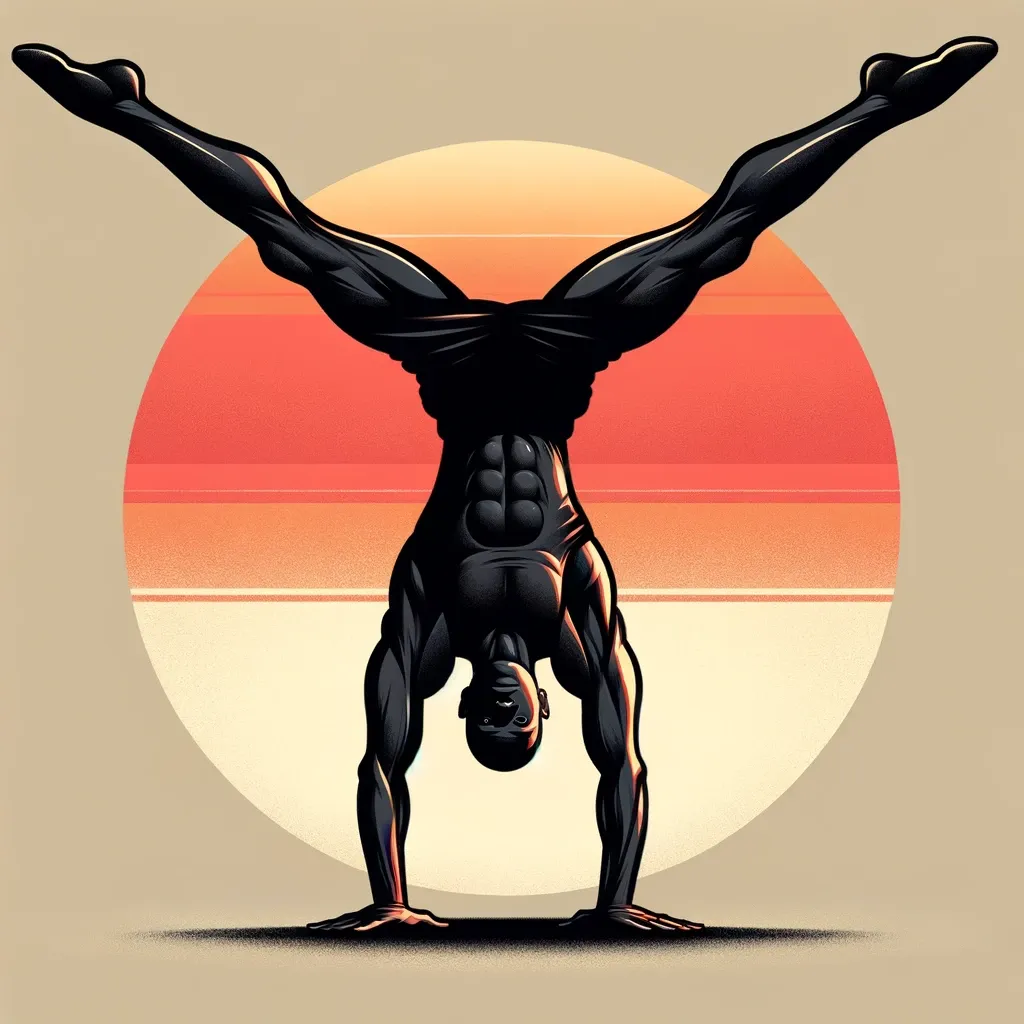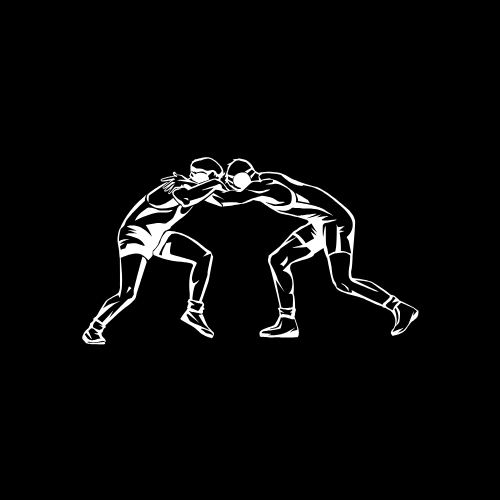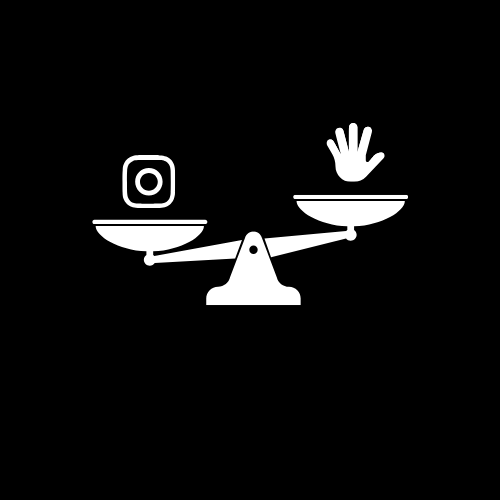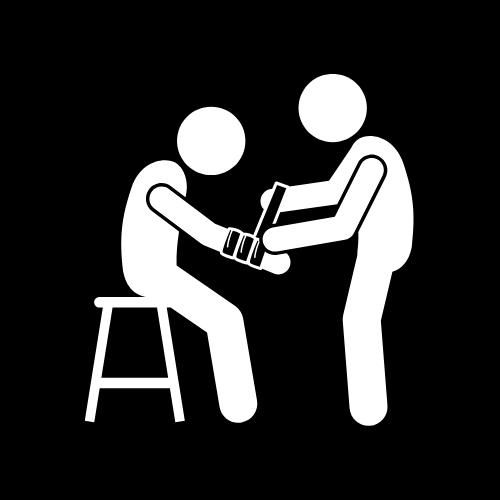Master Your Calisthenics Training: Insights & Applications from Overcoming Gravity
I recently read Overcoming Gravity By Steven Low and learned a lot for my calisthenics journey. The nuggets of wisdom in this post are my biggest takeaways. They are heavily influencing my calisthenic journey and hopefully help you on yours

Overcoming Gravity
I recently read Overcoming Gravity By Steven Low and learned a lot for my calisthenics journey. The nuggets of wisdom below are my biggest takeaways. They are heavily influencing my calisthenic journey and hopefully help you on yours. I highly recommend diving into the book if you're interested in setting fitness goals, creating a routine, doing calisthenics, and learning new skills.
Nuggets of Wisdom
Here are my main takeaways from the book
Routine
- Train at least one vertical and one horizontal movement for push movements.
- Train at least one vertical and one horizontal movement for pull movements.
- Train at least two leg exercises in addition to the upper body push and pull movements.
- Always do push and pull exercises each week.
- An onset of clicking, popping, or cracking may indicate poor structural balance (imbalance). An imbalance may limit strength and development.
- If you have an imbalance from doing too many push or pull exercises, stop the problematic exercises and do more of the others.
- Do prehabilitation after workouts to start the recovery process and activate the parasympathetic nervous system. This will also improve mobility. This includes: 3x10 bicep curls, 3-5x30 split holds, 3-5 x 30s german hangs, 3-5 x 20s back bridges, 1 min deep breathing.
Shoulder Health
- The shoulder is the lynchpin of the upper body, just as the hip is for the lower body.
- Keeping the shoulders and shoulder blades operating optimally is the key to bodyweight strength success.
- Focusing on the shoulder will allow you to correctly select exercises that will build a properly balanced routine. The elbows, wrists, and the rest of the arm will naturally flow from this.
- To maintain shoulder structural balance, use pull and push exercises which will offset one another.
- In bodyweight and barbell training, most routines lack a proper amount of pulling exercises. Pulling movements that involve the scapular retraactors, posterior deltoids, and external rotators are often overlooked. They help stabilize the back of the shoulder blades and shoulder.
Skills
- Train handstands as your first bodyweight skill. They are a foundational skill that many others stem from. The most skilled calisthenics people have excellent handstands.
- Train the L-sit with the handstand to train different parts of your shoulder. This will help you avoid structural imbalances in your shoulder.
- Follow the progressions for each skill in the back of Overcoming Gravity. This will show proper technique and how to develop the necessary strength for the next movement.
- If possible, train skills and mobility everyday. Some skills may involve strength so those aren't included. Consistency is key!
- On most exercises, the elbows need to be tucked in, not flared out. This allows the body to struggle to balance the freestanding handstand pushup, as opposed to just falling over.
- Ideally, you learn both handstands and the manna as coupled skills
- Handstands work the overhead range of motion of the shoulders
- Manna works the limit of the backward range of motion of the shoulders
- Both work core and strength work
- Will lessen the possibility of imbalances
Take Action
Actions I took because of this book's suggestions.
- Write down all of the goals I want to accomplish in regards to bodyweight training
- Organize goals into categories of push and pull
- Break down push and pull goals into categories of horizontal and vertical for each
- Locate progressions in the back of the book for my goals
- Build a routine and start tackling skills daily based on learnings above
Use these nuggets of wisdom to craft your fitness goals and routines. These will help you reach your calisthenics goals!




